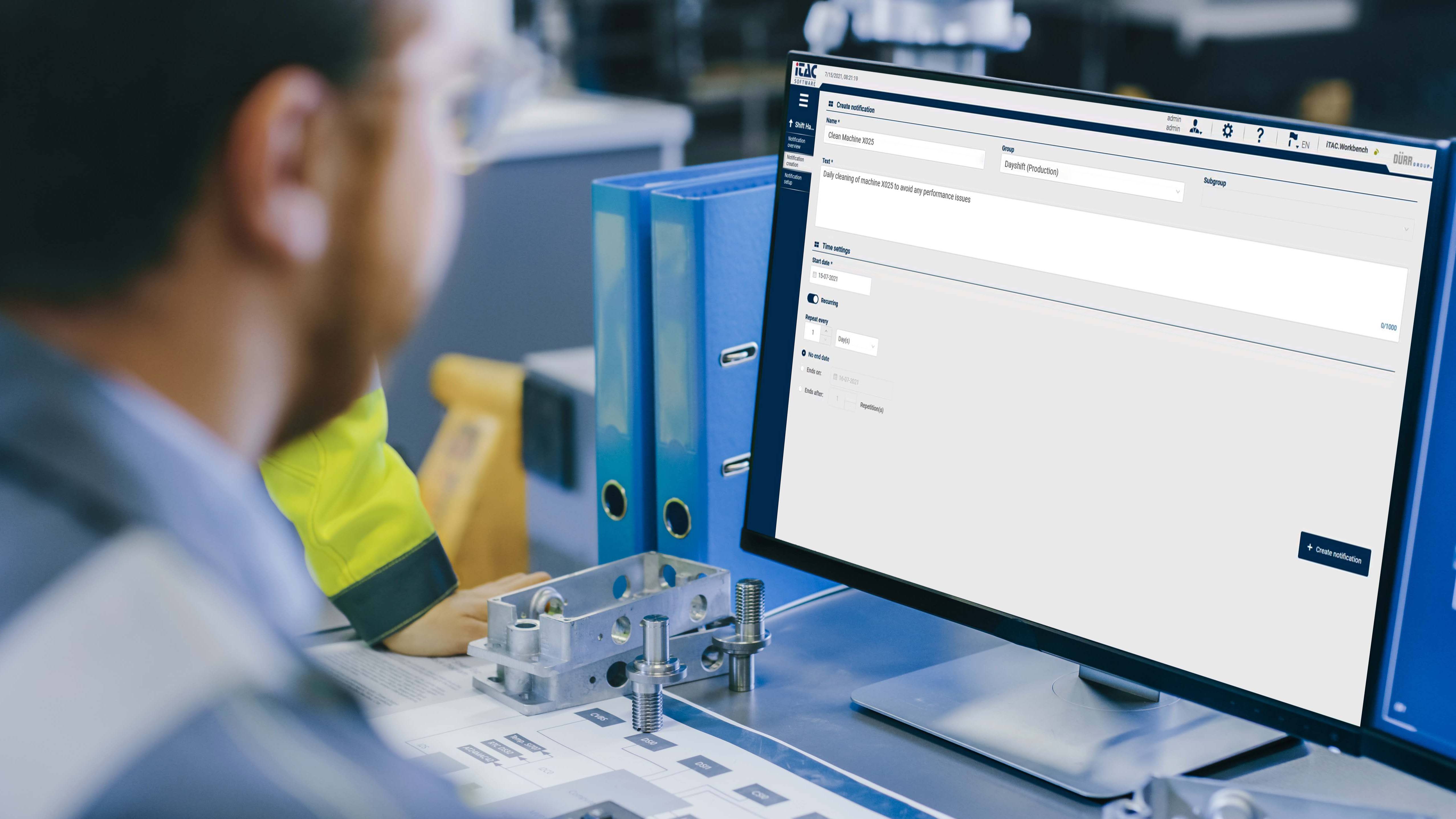Shift planning has gotten easier recently with the advent of cloud-based scheduling tools and labor management systems.
What was previously a time-consuming organizational endeavor with pencil and paper — or, if you were lucky, Word or Excel — has now become simplified and transformed into a strategic tool for planning, cost control, and team communication.
Here are eight ways to help you manage your shifts more effectively.
Establish a Template
Most shift handover software includes templates, which further expedite the procedure. Utilize this time-saving feature by modifying the template to your specific needs. When it comes time to plan the following week, month, or quarter, the shift slots, formatting, and other critical information are already in place. This frees up your time to focus on scheduling the appropriate people at the proper time and location to guarantee your organization runs smoothly.
Recognize Your Employees’ Wants and Needs
To establish accurate schedules, however, you must first understand the schedules preferred by your staff. Ideally, this should begin with the initial interview. Determine an employee’s availability and desired hours of work. When making hiring decisions, availability and shift preferences should be considered. Unless your location is experiencing a severe labor shortage, you should be able to employ individuals who desire a variety of schedules. Spend some time piecing together the shift preferences based on these considerations.
Consider Novel Concepts
Regarding shift planning, clinging to the “it’s always been done this way” approach is no excuse for failing to innovate. Numerous firms can benefit from unconventional scheduling. If mornings and afternoons are the busiest times of the day, for example, certain members of your staff may prefer a “midday exercise” schedule.
Volunteers are needed for a three-hour break at midday. This option is for people who wish to exercise for a more extended period than a traditional lunch break—or who want to run errands before rush hour. When the restaurant is not crowded, you can meet staffing goals and avoid paying for unnecessary labor. Likewise, some full-time employees may prefer to work four 10-hour shifts. If you schedule them around your peak days, your team will receive two more days off.
Create a labor budget
Labor is one of the most costly costs that many firms face. With the right scheduling software, you can establish a labor budget that works for your organization. With these numbers in mind — and in the application — you can create a schedule that keeps your labor costs and budget in check. If your schedule exceeds the budget you’ve specified, the program will notify you immediately, allowing you to make the necessary adjustments.
Plan Several Weeks (or Months) in Advance
Unless you’re a startup, you’re already aware of your staffing needs. Many businesses’ coverage requirements fluctuate according to the seasons and production demands. Nonetheless, some employers assert that “just-in-time” scheduling is more efficient. Employees must be available at all times if they are called upon in an emergency. In reality, this practice produces more harm than good. Employees having to perform on-call shifts are irritable and frustrated.
As a result of uncertain scheduling, employee turnover increases; as a result, managers’ calendars should be planned as far in advance as possible. Assure that all members of your staff are aware of the risk of last-minute changes. Numerous employees, on the other hand, will be untouched.
Schedule unpredictability, according to studies, is less than what business owners believe. With shift handover software, you may create shared schedule templates and replicate them forward. Making the necessary changes takes only a few minutes. You should, however, find them to be pretty constant.
Make a contingency plan for the worst-case situation.
Shift planning software simplifies the process of anticipating the worst-case scenario. You can create an availability chart for employees who are willing to perform an additional shift in the event of illness or a no-call, no-show situation with the help of shift scheduling software.
Additionally, you can use shift log software to compile a list of dependable part-time employees or employees who left on good terms with whom you can communicate if your “plan B” fails.
Construct shifts correctly
Instead of starting on Monday and working your way through to Sunday, organize your calendar around your best employees. This ensures that the workforce most suited to each shift (for example, the lunch rush or the slower night service) is available as needed. Additionally, it ensures that you have a solid base of expertise to build your newer staff. Combining some of your more experienced personnel with some of your fresher hires is an excellent way to ensure consistency throughout all shifts.
Simplifying Shift Trading Through the Use of an Online Trade Board
Many managers are hesitant to modify shift trading laws, believing that doing so would result in understaffed shifts. Additionally, they are concerned about misconceptions that result in no-shows. For some, the ratio of new and senior employees on a change causes worry. Numerous organizations have discovered the value of integrating workforce scheduling software and an online trade board. You can circumvent the challenges above by incorporating shift rules into your staff shift log software.
An online trade board is appropriate for businesses with a high proportion of part-time employees and limited hours. Employees conduct business with the boss’s permission. When employees run into an unforeseen conflict, they may post a shift on the bulletin board. Individuals seeking additional hours may also work different shifts. Employees desire to work for companies that allow for flexibility.
Create A Procedure For Handling Absences
An absence management plan is a collection of practices for controlling time off. Scheduled time off includes vacations and family leave. Additionally, it takes care of unplanned absences such as sick days. When employees adhere to established protocols, productivity and workflows are frequently improved.
Hope these tips will help you in the process of a smooth shift handover.









